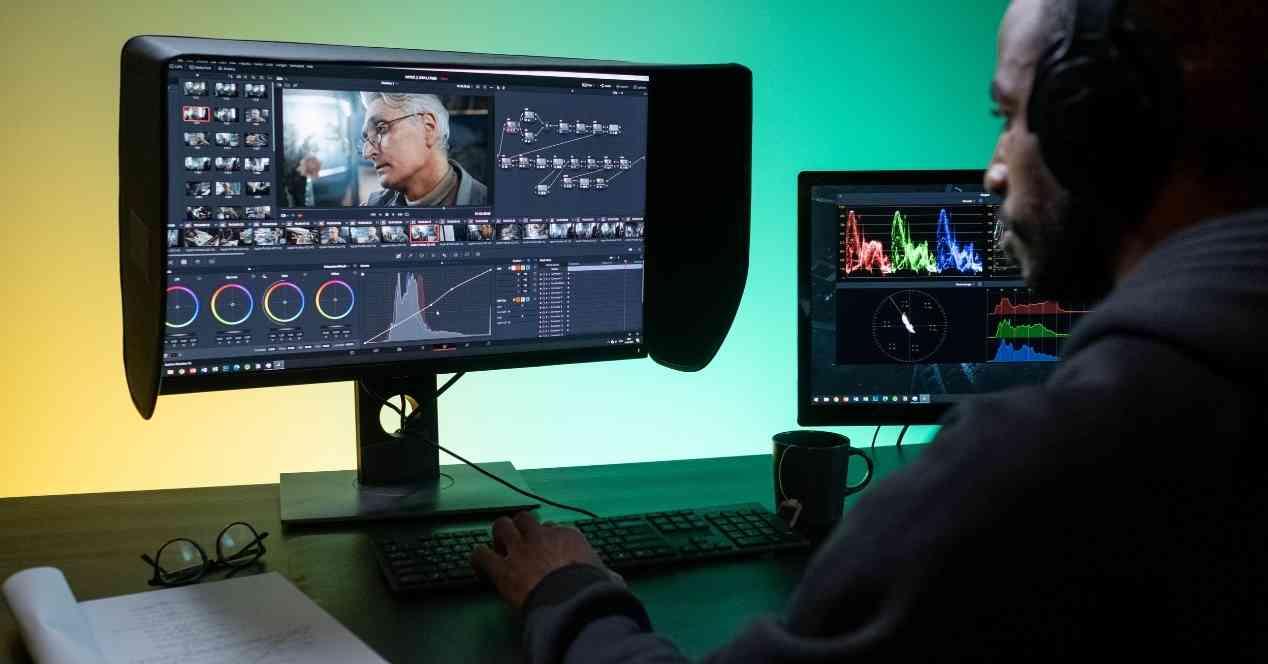Today, it is possible to use a television screen as a computer monitor, however, apart from displaying an image. Historically, these two types of devices have followed parallel paths for several decades, only to become unified again. However, there are still differences that completely set them apart.
The first monitors were televisions, they are the built-in radio frequency module, so it was impossible to tune to a single channel. However, we quickly realized that the NTSC and PAL formats did not offer sufficient image quality. This was especially the case when it came to playback and what information could be displayed on screen. From that moment, monitors and televisions differentiated to then coincide again with the appearance of LCD technologies first and OLED later. However, there are a number of key differences that help us differentiate the two devices.
How to tell a monitor from a television?
Many of our readers already know the answer, some don’t. Although thanks to HDMI connectivity we can use a TV as a screen for our PC, it is not the most recommended of all. In any case, if you need to buy a new screen and you don’t know the difference between a monitor and a television, we are going to give you a series of tips that will help you do it.
- The first and most obvious is that a TV has a built-in Freeview tuner, while a monitor does not. With this it would be enough to differentiate them, although more and more monitors with integrated SmartTV functions appear via Android. Be clear that the tuner is the main difference.
- Today’s televisions have only one aspect ratio, 16:9, while we can find 16:10, 21:9, 21:10, 32:9, etc. monitors. So we have a large number of possible resolutions on monitors due to these aspect ratios. What does not happen in televisions.
- Many monitors come with high frequency refresh rates which can be controlled by the graphics card. We refer to technologies such as NVIDIA G-SYNC or AMD FreeSync. Recently, with HDMI 2.1, a similar option has been incorporated, which is completely optional.
- You won’t see a single DisplayPort port on a TV.
- A monitor can be sold without built-in speakers, but not a television.
With that, you should have enough to know how to tell the two devices apart. In any case, pay attention to what a TV converted to a monitor is. Especially those who use large panels, as this means reducing the number of pixels per surface and with it the quality of the image. At the distances at which a computer is normally used, we can use panels with a DPI of up to 300 dots per inch. However, we can see some things worth looking away from, like 32-inch monitors with Full HD resolution.









